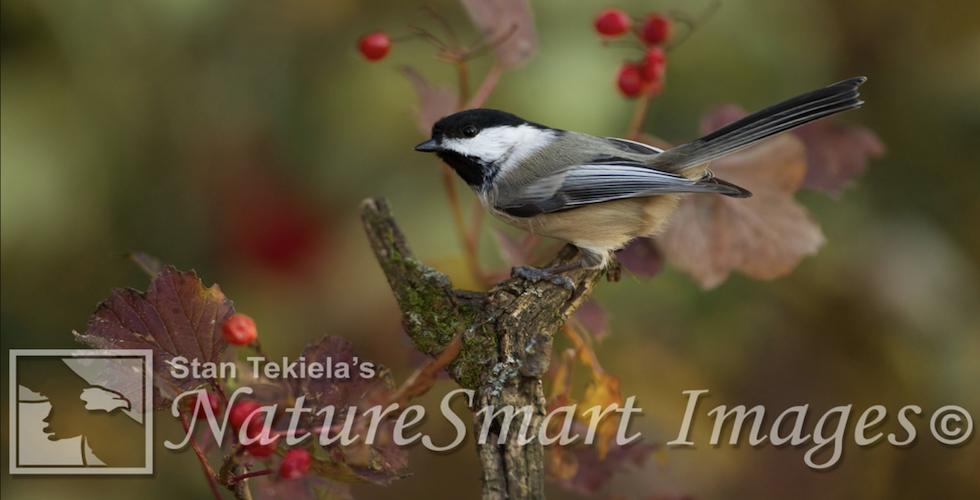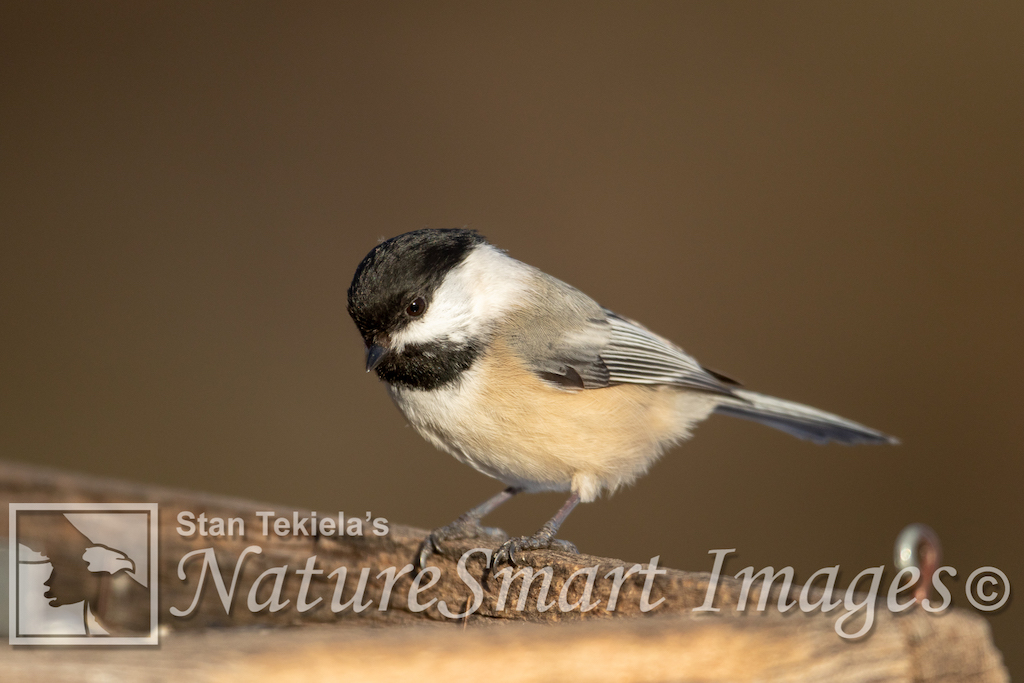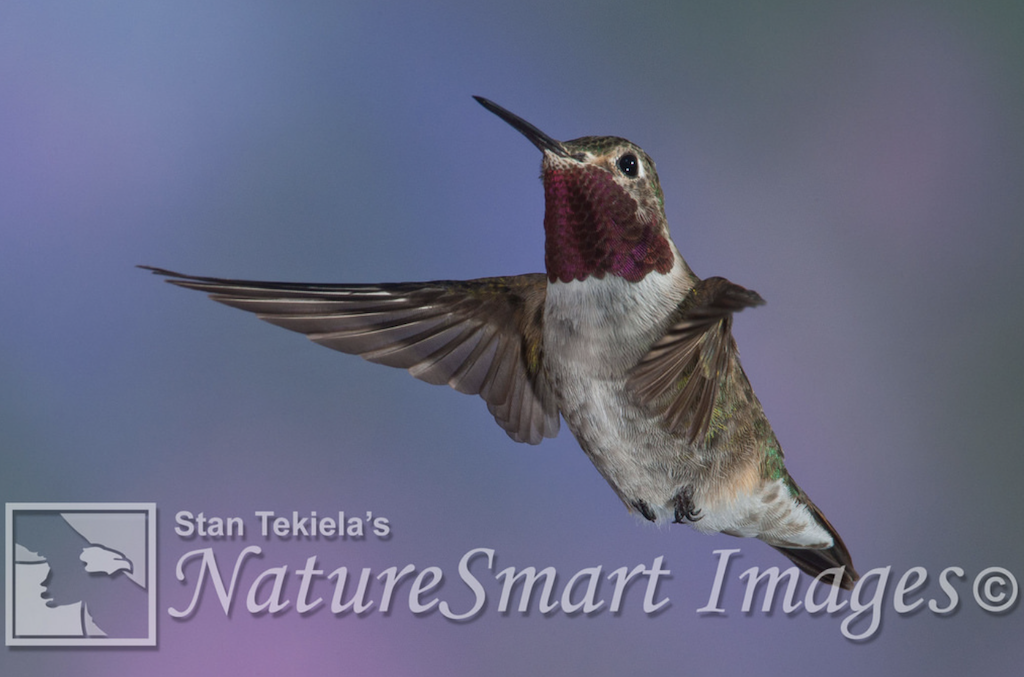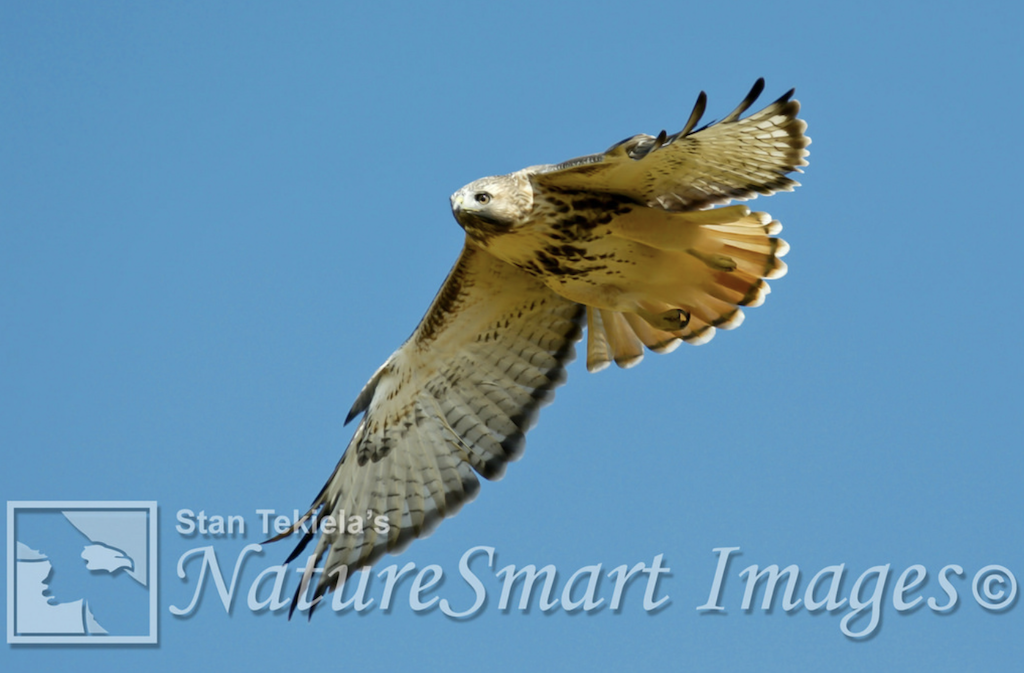
Black-capped Chickadee Stands Out at Feeder
Stan Tekiela was recently alerted by a homeowner that a Black-capped Chickadee visiting her feeders didn’t look like the others. Stan went to investigate, and here is what he discovered.

I am fascinated by all aspects of nature. It doesn’t matter if it’s insects, reptiles, amphibians, plants, rocks, or mammals. I love it all. But for some reason, birds seem to rise to the top of my interest meter. Perhaps it is because there are so many of them. There are more than 10,000 species of birds in the world. By comparison, there are about half that number of mammals. Or perhaps it’s because you can look outside and see a bird at just about any time.
Birds range from tiny hummingbirds to the gigantic flightless birds such as the Ostrich and Emu. Some birds are incredibly common and are found throughout the world, such as the pigeon, while others are rare, secretive, and endangered. Some are brightly colored, while others are camouflaged.

It is estimated that there are between 300 and 400 billion individual birds on the planet, compared to nearly 8 billion people. That’s a lot
of birds.
With all of these unique birds, there are bound to be some individuals that stand out. Recently, I’ve been trying to capture images of these unique birds. I was filming a Great-tailed Grackle, a super-common bird species, last month in Arizona when I noticed that its bill was over-grown to nearly double its normal size, and the upper bill was crossed over the lower bill. This bird had Avian Keratin Disorder (AKD). This condition causes the bird’s bill to grow exceptionally large or long and deformed. This is a serious condition that often leads to the death of the bird because the bill grows so large that the bird can no longer eat. As of today, it’s unknown what causes this problem.
Another common condition that affects birds is Leucism. In this condition, the bird doesn’t produce normal pigments in its feathers, often leaving them looking very different from other birds. Many times, this condition leaves birds with white patches of feathers; sometimes,
all the feathers on the head or wings are white. This can happen across all bird species. It can affect a single feather or the entire body. I have photographed American Crows with a single white feather in their wings. I’ve also seen Red-tailed Hawks that were all white except for their
red tails.

Leucism can also cause the bird’s plumage to look faint or bleached out. In this case, all the usual markings are visible on the bird, but it just looks much duller. The blacks are brown, and the browns are tan.
Last week, I was contacted by a homeowner who enjoys feeding birds. She told me about a particular Black-capped Chickadee that was coming to her feeders that didn’t look like the others. I always encourage the readers of this column and participants at my seminars to give me a call or send an email if they have something interesting like this on their property. Of course, I stopped by to look and see if I could capture some images of this leucitic bird.
After I arrived, it didn’t take long before the leucitic Black-capped Chickadee visited the feeders. I gathered up all my camera gear and tripod and set up in a place that wouldn’t scare the birds away but would still allow me a good angle to see the bird visiting the feeder.
Soon enough, a very pale Black-capped Chickadee arrived at the feeder. Like most chickadees, it zipped into the feeder, grabbed a seed, and flew off, leaving very little time to capture an image. So, it took several visits by the little bird to the feeders before it stayed long enough to allow me to capture some images.

Of course, a bunch of normal-colored Chickadees visited the feeders in nearly the same spot, which allowed me to take some nice comparison images in the same position. I really enjoy the oddities in nature.
If you enjoyed Stan’s post, you might also like: Cranes, Herons & Egrets, Bird Migration: The Incredible Journeys of North American Birds, Wild Birds: North America’s Most Unique Birds, Bald Eagles: The Ultimate Raptors, Owls: The Majestic Hunters, Hummingbirds: Marvels of the Bird World, and, for little tykes, his series of Mamas & Babies board books.
If you enjoyed this post, sign up for our newsletter. #bewellbeoutdoors



David
Interesting bird. What town and State or Province was it seen?
Liliane Opsomer
Thank you for your interest in our blogs. This picture was taken in Minnesota.